Aerospace Engineering Graduate Programs 2024-25

Aerospace Engineering Graduate Programs
FUNDING OPPORTUNITIES
The majority of KU Engineering graduate students are funded through a combination of graduate research or teaching assistantships, fellowships and scholarships. More details at Research Funding
PRIOITY DEADLINES
Dec. 1 for Fall AdmissionSept. 1 for Spring Admission
A VIBRANT CITY
Lawrence, a historic city of about 100,000 in northeast Kansas, is known for its eclectic arts and culture scene. Massachusetts Street — the heart of downtown Lawrence — is just a short walk from campus.

CONTACT US! —
THE UNIVERSITY OF KANSAS SCHOOL OF ENGINEERING
Aerospace Engineering
1530 W. 15th St.
Learned Hall, Room 2120
Lawrence, KS 66045
785-864-4267
aerohawk@ku.edu

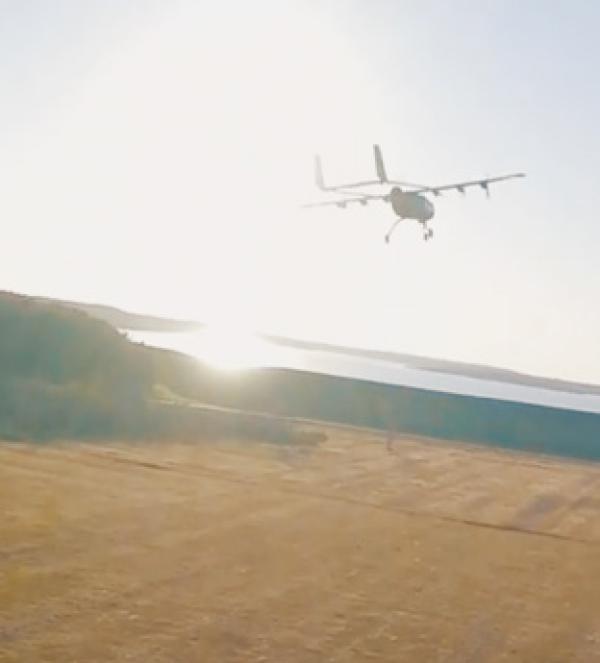
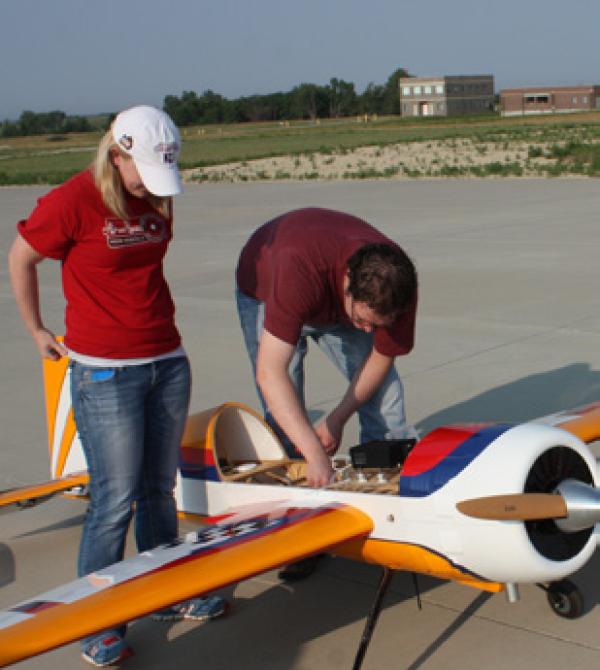
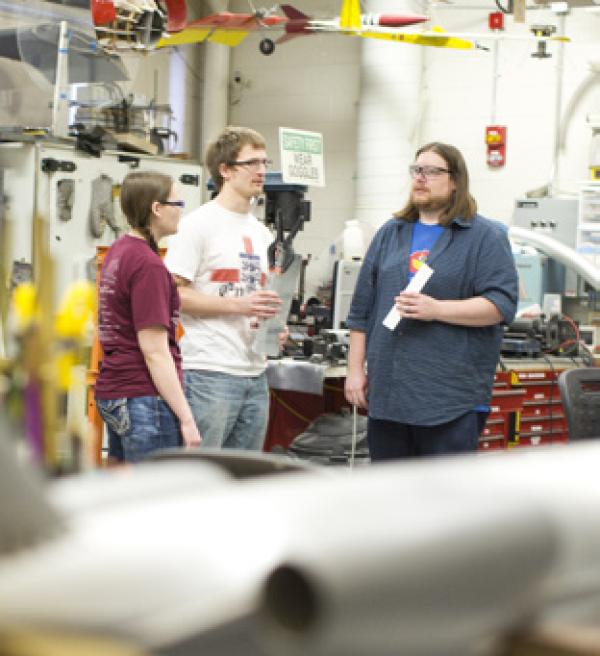
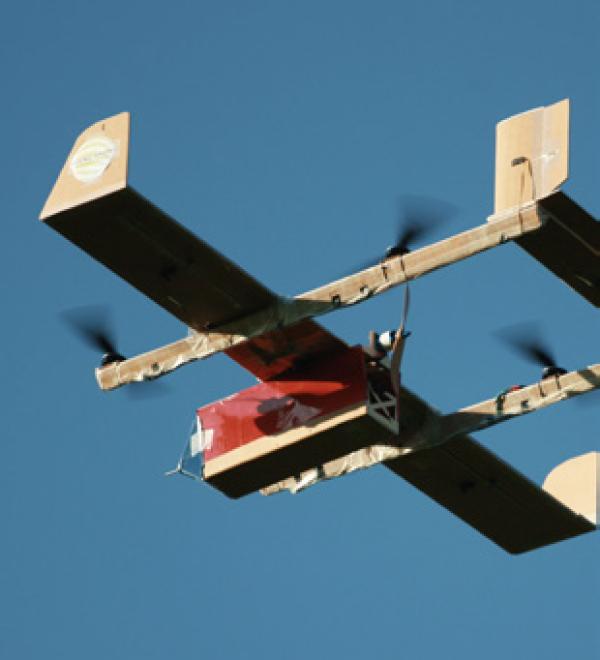
OVERVIEW
With renowned expertise in areas including aerodynamics, design, propulsion, robotics, structures and materials, and uncrewed aerial systems (UAS), the KU Aerospace Engineering Department is a world-class research and educational institution. Graduate students have access to a variety of state-of-the art research spaces, including an anechoic chamber, composite materials lab, four wind tunnels and two research facilities at the Lawrence Municipal Airport.
DEGREES OFFERED
- Doctor of Philosophy (Ph.D.)
- Doctor of Engineering (D.E.)
- Master of Science (M.S.)
- Master of Engineering (M.E.)
GRADUATE CERTIFICATE
Computational Fluid Dynamics
The Aerospace Engineering Department also offers online options for all master’s degrees. These programs are specifically designed with working professionals in mind. Coursework is available in real time or at the student’s desired time.

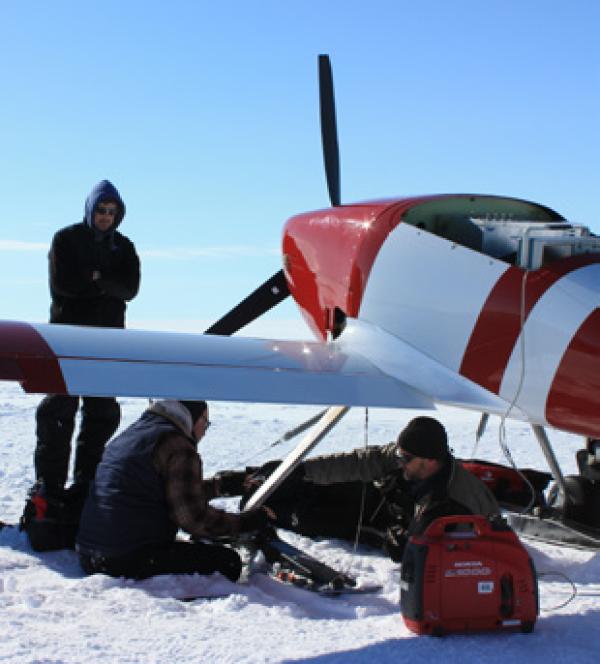
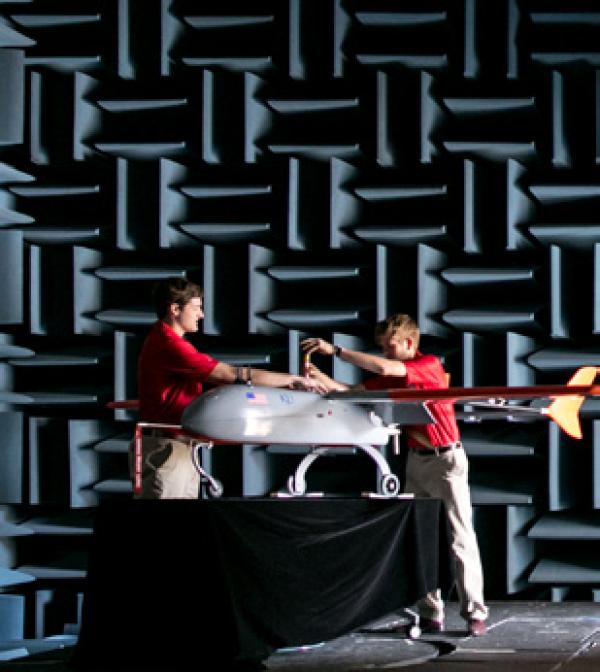
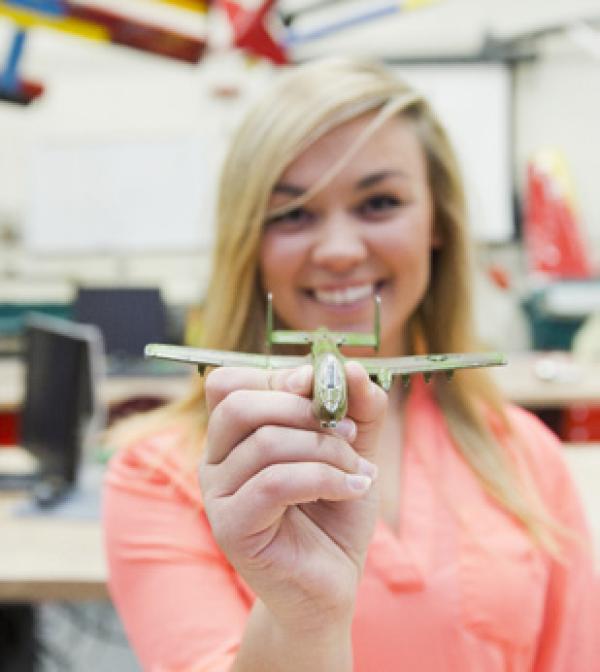
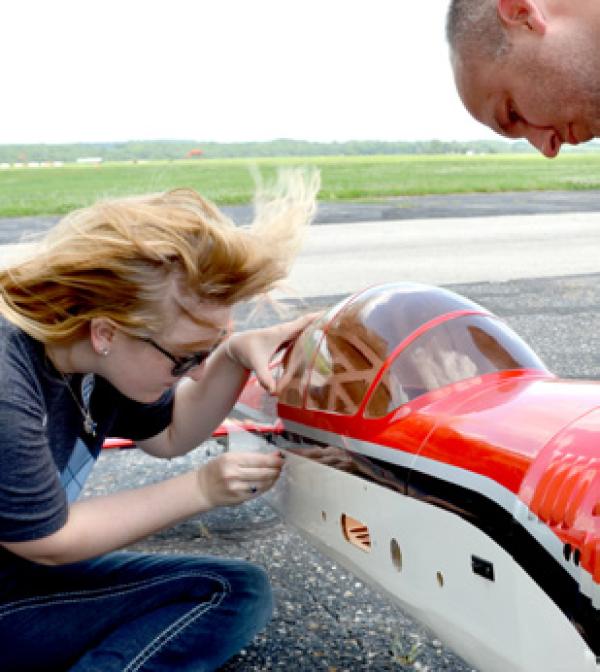
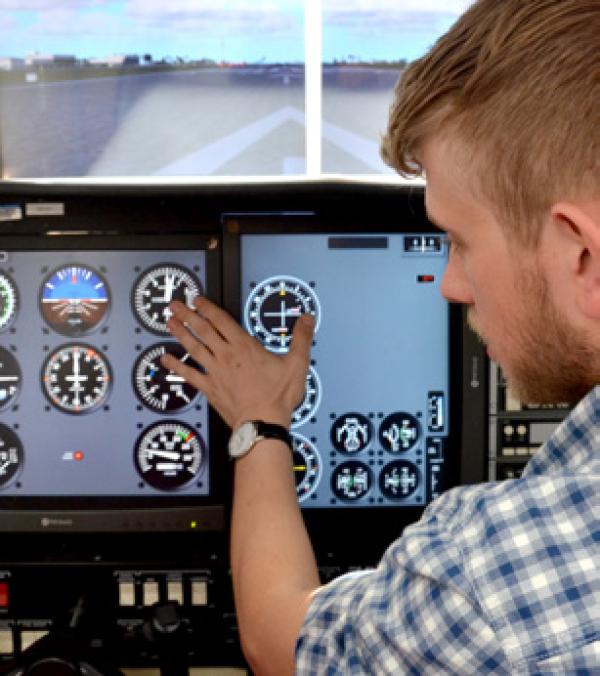
WORLD-CLASS RESEARCH
KU is the founding home of the Center for Remote Sensing and Integrated Systems (CReSIS), and a member of the Center for Oldest Ice Exploration (COLDEX). These multidisciplinary, multi-institutional science and technology centers place KU at the global forefront in monitoring the world’s polar ice sheets and their contribution to global sea-level change. Researchers develop new sensors, methods of collecting data, communication tools and modeling to better understand Earth and climate.
UNIQUE RESEARCH OPPORTUNITIES
- Camping on an arctic glacier and flying radar-equipped UASs to map ice sheet thickness.
- Developing algorithms and tools to simulate turbulent flow through future jet engines and reduce noise generated by electric airplanes, automobiles and wind turbines.
- Building digital, data-driven tools to model, design and optimize the next-generation rocket and gas turbine engines.
- Participating in weekly UAS flight tests to increase the state- of-the-art in autonomy, collision avoidance, gust alleviation and airborne remote sensing.
- Developing and certifying airworthiness for multifunctional composite structures.
KU students have won more American Institute of Aeronautics and Astronautics International design competitions than students from any other school in the world.
KU is one of only 38 public institutions in the United States designated a top research university in North America by the Association of American Universities.